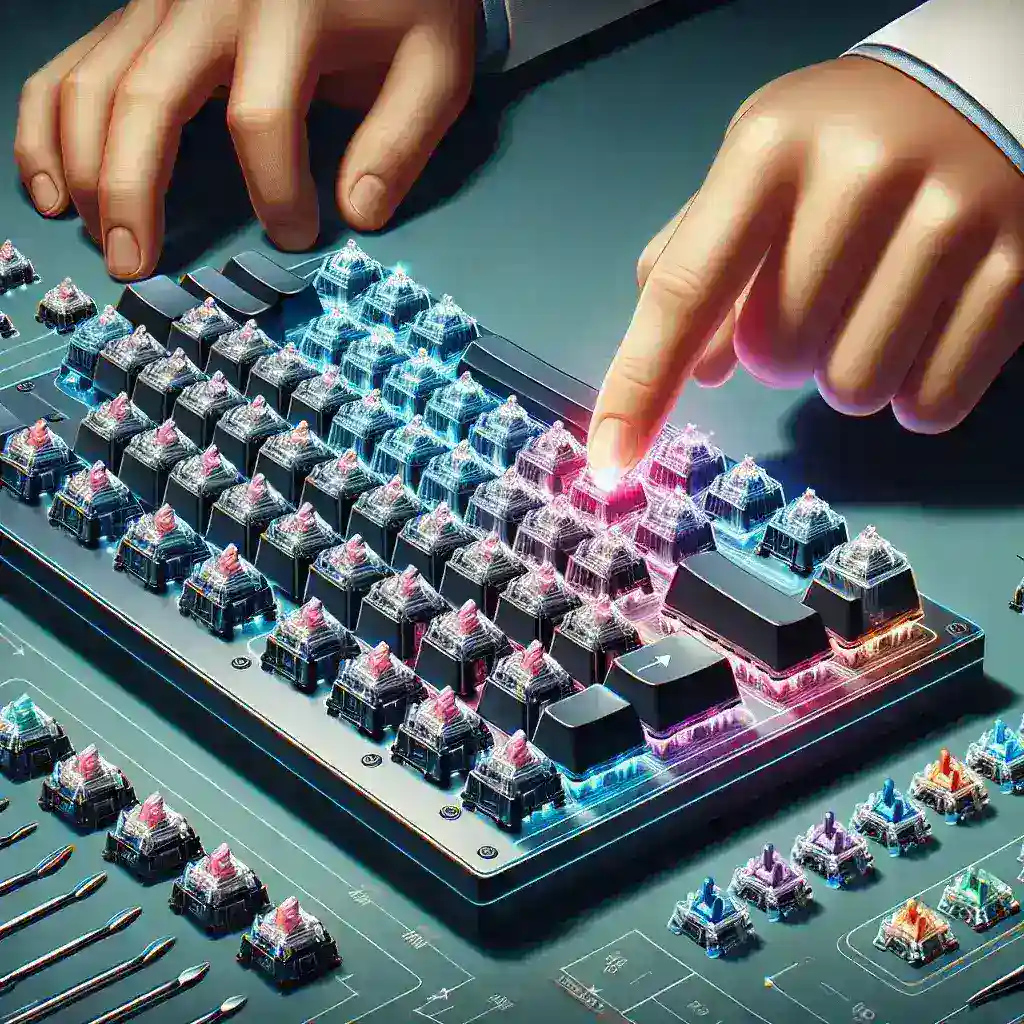Understanding Mechanical Keyboards: A Comprehensive Buyer’s Guide
In today’s digital age, where many of us spend countless hours typing, choosing the right mechanical keyboard can significantly impact both productivity and comfort. This comprehensive guide will walk you through everything you need to know about selecting the perfect mechanical keyboard for your specific needs.
Why Choose a Mechanical Keyboard?
Mechanical keyboards offer several advantages over traditional membrane keyboards:
- Enhanced durability and longevity
- Superior typing experience and feedback
- Customizable features and aesthetics
- Better tactile response and precision
- Improved typing speed and accuracy
Understanding Mechanical Switches
The heart of any mechanical keyboard lies in its switches. Different switch types offer unique characteristics that cater to various preferences and use cases.
Linear Switches
Linear switches provide a smooth, consistent keystroke without tactical feedback or clicking sounds. Popular options include:
- Cherry MX Red: Light actuation force, popular among gamers
- Cherry MX Black: Higher actuation force, preferred for typing
- Gateron Yellow: Smooth operation with medium actuation force
Tactile Switches
These switches provide a noticeable bump during key actuation, offering physical feedback without loud clicking sounds.
- Cherry MX Brown: Balanced for both gaming and typing
- Zealio: Premium tactile feel with various spring weights
- Gateron Brown: Cost-effective alternative to Cherry MX Brown
Clicky Switches
Clicky switches combine tactile feedback with an audible click sound, reminiscent of vintage typewriters.
- Cherry MX Blue: Classic clicky switch with strong feedback
- Kailh Box White: Crisp click with improved stability
- Razer Green: Gaming-oriented clicky switch
Essential Features to Consider
Form Factor
Mechanical keyboards come in various sizes to suit different needs and preferences:
- Full-size (100%): Complete with numpad, function keys, and navigation cluster
- TKL (Tenkeyless): No numpad, more compact design
- 75%: Compact layout with function keys
- 60%: Minimal design, perfect for portable use
Build Quality and Materials
The construction quality significantly impacts durability and typing experience:
- Aluminum vs. plastic cases
- PBT vs. ABS keycaps
- Plate materials (brass, aluminum, carbon fiber)
- Hot-swappable switch options
Advanced Features and Connectivity
RGB Lighting
Modern mechanical keyboards often include customizable RGB lighting with various effects:
- Per-key RGB programming
- Zone lighting
- Custom animation support
- Software control options
Connectivity Options
Consider how you’ll connect your keyboard:
- Wired USB: Most reliable, zero latency
- Wireless Bluetooth: Convenient for multiple devices
- 2.4GHz Wireless: Low-latency wireless gaming
Software and Programmability
Many mechanical keyboards offer customization through software:
- Macro programming
- Key remapping
- Profile management
- Lighting control
Budget Considerations
Mechanical keyboards are available across various price points:
- Entry-level: $50-100
- Mid-range: $100-200
- Premium: $200-500+
- Custom builds: $300-1000+
Making Your Final Decision
Consider Your Primary Use Case
Different activities require different features:
- Gaming: Focus on response time, anti-ghosting, and switch type
- Typing: Emphasize ergonomics and switch feel
- Programming: Consider layout and key customization
- Multi-purpose: Look for versatile features and balanced switches
Testing Before Buying
Whenever possible, try before you buy:
- Visit local electronics stores
- Attend keyboard meetups
- Purchase switch testers
- Read user reviews and watch detailed reviews
Maintenance and Care
Proper maintenance ensures longevity:
- Regular cleaning schedule
- Proper storage when not in use
- Keycap maintenance
- Switch lubrication (when necessary)
Conclusion
Choosing the perfect mechanical keyboard involves carefully considering various factors, from switch types to build quality and features. Take time to research and test different options to find the keyboard that best suits your needs and preferences. Remember that while premium options exist, there are excellent choices at every price point, making mechanical keyboards accessible to everyone.
Final Tips
- Start with a switch type that matches your usage pattern
- Consider your workspace and noise requirements
- Don’t overlook the importance of ergonomics
- Factor in future upgrade possibilities
- Remember that personal preference matters most








